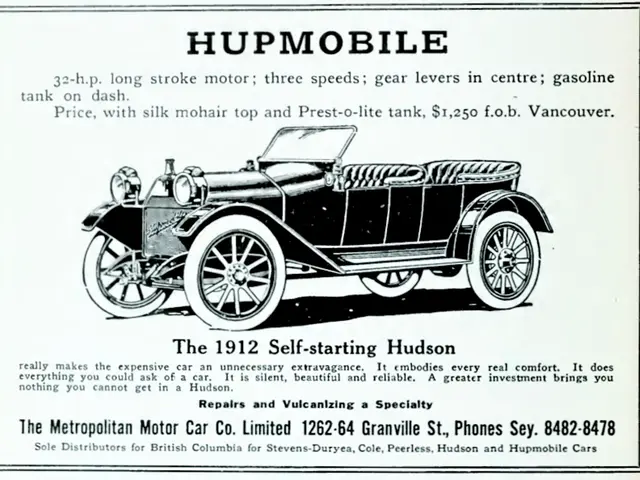Emerging Political Advertising Trends Experiencing Rapid Rise in the Near Future
In the ever-changing landscape of politics, the way campaigns are advertised is no exception. Here's a look at some of the key trends shaping the future of political advertising.
Advanced Digital Targeting and Personalization Using Data Analytics
Campaigns are increasingly leveraging detailed voter data and digital platforms to tailor messages precisely for diverse demographic groups. This personalization enhances engagement and impact, evolving from earlier phases of experimental digital use to sophisticated targeting and individual voter mobilization globally.
Integration of Generative AI Technologies
While the influence of generative AI on election outcomes is still debated, its capabilities for content creation, messaging optimization, and rapid response in campaigns are growing areas of interest. AI is being explored for automating content creation such as social media posts, speeches, and rapid rebuttals, making campaigning more agile.
Shift in Platform Policy and Regulatory Impact on Political Ads
Regulations like the EU's Transparency and Targeting of Political Advertising (TTPA) are forcing campaigns to adapt creatively to reach voters outside traditional digital advertising channels. Political actors are pivoting from paid digital ads on platforms like Meta and Google to alternative methods such as organic social media outreach, grassroots mobilization, and traditional media.
Positive Messaging and Interactive Ads
Political campaigns may opt for positive messaging in the form of videos posted online instead of traditional negative ads that could alienate potential voters. Ads are becoming more interactive, where viewers can decide whether to respond to the ad or take action.
Ad Fraud Prevention
Ad fraud is being addressed in political advertising through the use of ad verification tools, transparent ad networks, and strict metrics to prevent fraud and ensure budget efficiency.
Virtual Reality and Advanced Technologies
Political advertising will utilize virtual reality, motion capture animation, artificial intelligence, and interactive technology to create new experiences for voters. Voters will have the opportunity to actively participate in the campaigns of their preferred candidates via new technologies.
Data Clean Rooms and Real-Time Audience Feedback
Data clean rooms are being used in political ad targeting to allow advertisers to match voter data securely across platforms while preserving user privacy and compliance. Political advertising will incorporate real-time audience feedback, allowing candidates to modify their ads based on immediate feedback.
Regional Language Ads and Geotargeting
Regional language ads are impacting Indian political campaigns, improving accessibility and cultural resonance with local voters across diverse linguistic communities. Geotargeted political advertising is being used to tailor messages to local issues and demographics, enhancing relevance and voter connection.
Key Metrics and Interactive Ads
Key metrics used to measure ad effectiveness in political campaigns include reach, impressions, cost per click (CPC), engagement rate, sentiment analysis, and voter intent tracking. Interactive ads are being used in political campaigns to increase voter engagement and provide valuable insights into public opinion.
Influencer Integration and Multimedia Experiences
Influencers are being integrated into political ad campaigns to amplify reach and create more trusted and relatable messaging. Political advertising will be a multimedia experience with full-motion video and graphics.
Short-Form Video Ads and Broadcasting Auctions
Short-form video ads are becoming increasingly popular in politics, offering high engagement and fast message delivery. Broadcasters will sell programs through an auction process.
These trends reflect a political advertising landscape that is becoming more technologically sophisticated, yet also more constrained by evolving regulatory environments, requiring campaigns to continuously innovate in digital strategy and voter engagement.
- Campaigns are utilizing detailed voter data and digital platforms to personalize messages for various demographic groups, enhancing engagement and impact.
- Generative AI technologies are being explored for automating content creation and messaging optimization in political campaigns.
- Regulations like the EU's TTPA are encouraging political actors to shift from paid digital ads to alternative methods such as organic social media outreach, grassroots mobilization, and traditional media.
- Advertisers are incorporating real-time audience feedback into political campaigns, allowing candidates to modify their ads based on immediate feedback.
- Regional language ads and geotargeted political advertising are being used to tailor messages to local issues and demographics, improving accessibility and cultural resonance with local voters.




